Future Exhibitions Nº 1
Our Swedish outpost explores a smorgasbord of modular miniatures created with the online font editor FontStruct.
Contributed by Patch Hofweber on Nov 25th, 2014. Artwork published in
March 2009
.
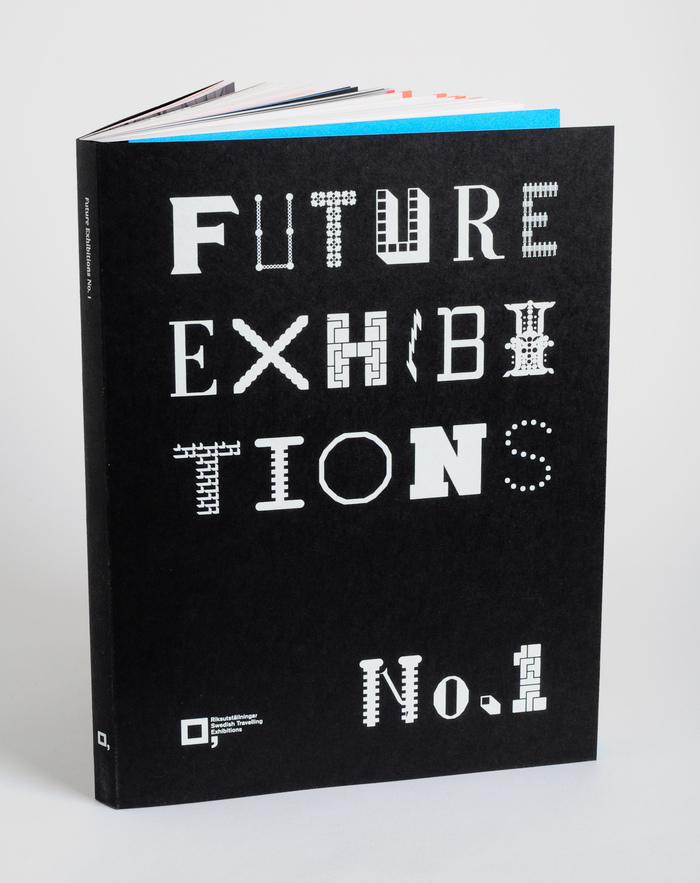

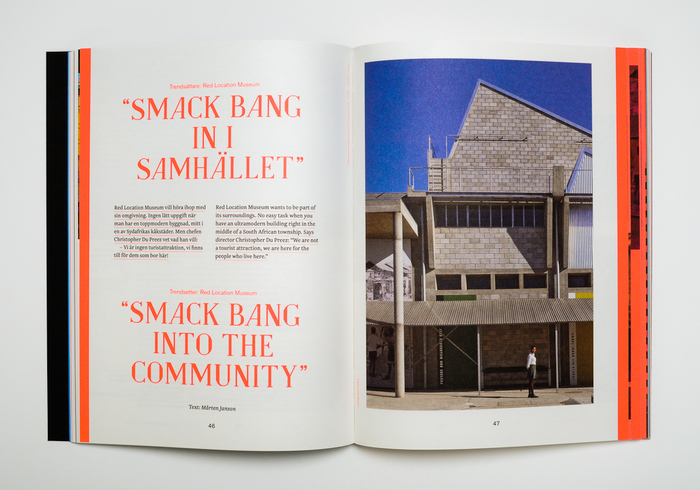

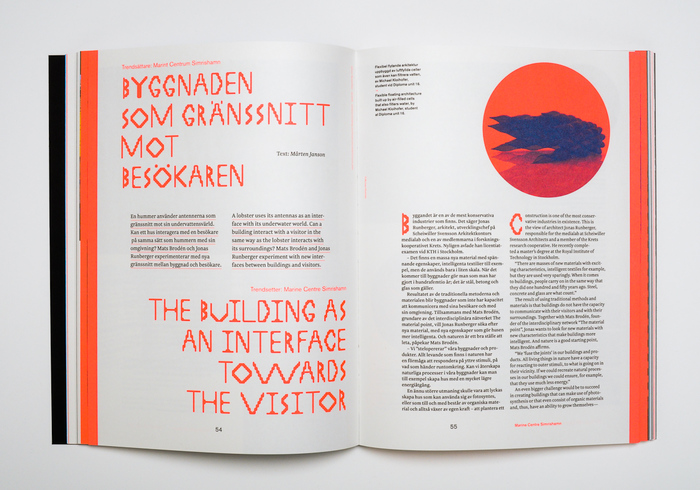

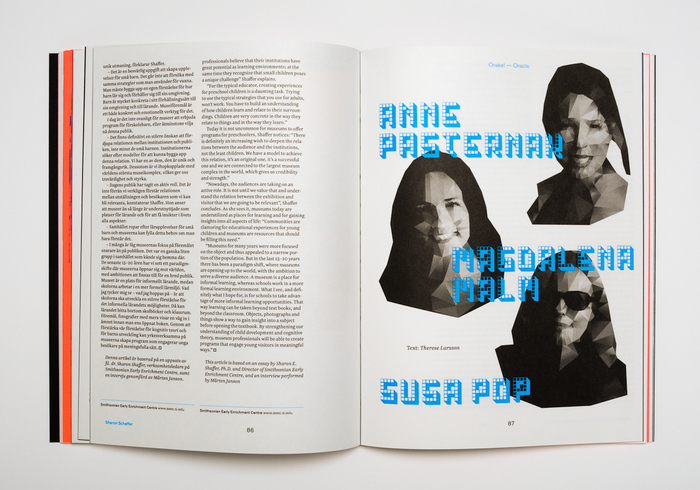
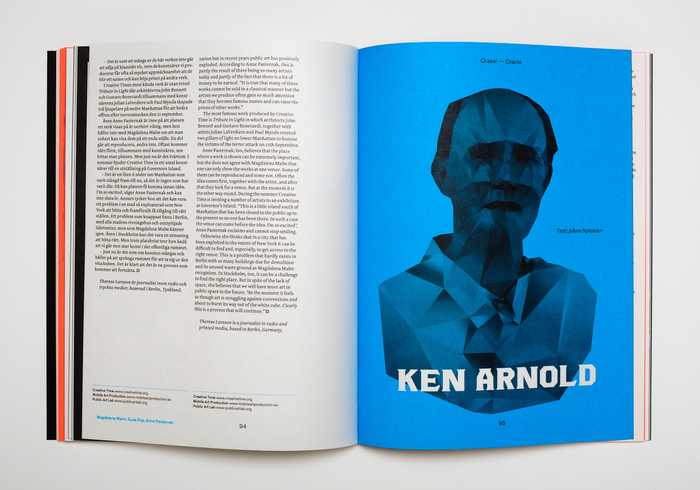






















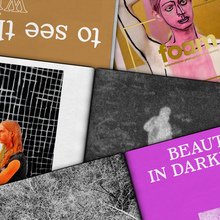





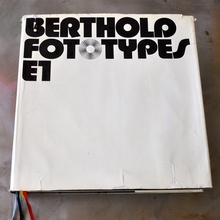

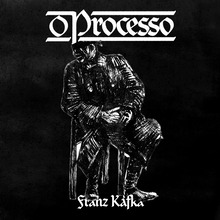

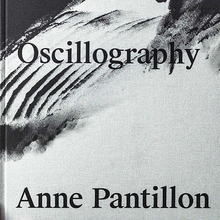











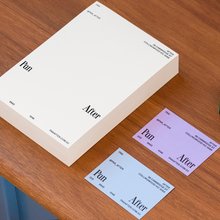














4 Comments on “Future Exhibitions Nº 1”
Great post. Thank you for this.
The quality of the average FontStruction has gone up since 2009 although there is still no kerning support.
I love the way the designers of Future Exhibitions were prepared to choose some very raw, naive FontStructions e.g. ROUND pixel. There was prettier and more coherent stuff to choose from, even then.
It should also be noted that FontStruct introduced the option to export a Glyphs file a while ago, so that font projects that started out in this deliberately limited editor can be further honed, for example by adding kerning or OpenType layout features.
Gallery Top Picks is a good place to see what can be accomplished with FontStruct. In addition to that, check out the pages with the results of the regularly held competitions on one theme or genre, like connected scripts, inline styles, or stencil fonts.
Glad to hear from you, Rob. Thanks so much for the joy that is FontStruct. I hope I didn’t come across as badmouthing the platform.
K&T did pick some of the more unpolished faces, and in doing so perhaps opened up the reader’s mind to ideas that were raw and unpolished, as new technology often comes.
Fontstruct continues to be an amazing font laboratory. Missing in the mix above is IronManiac, an superhero Industrialist’s dream of a font. Not perfect, but clever. Of the two qualities my heart’s with the latter.